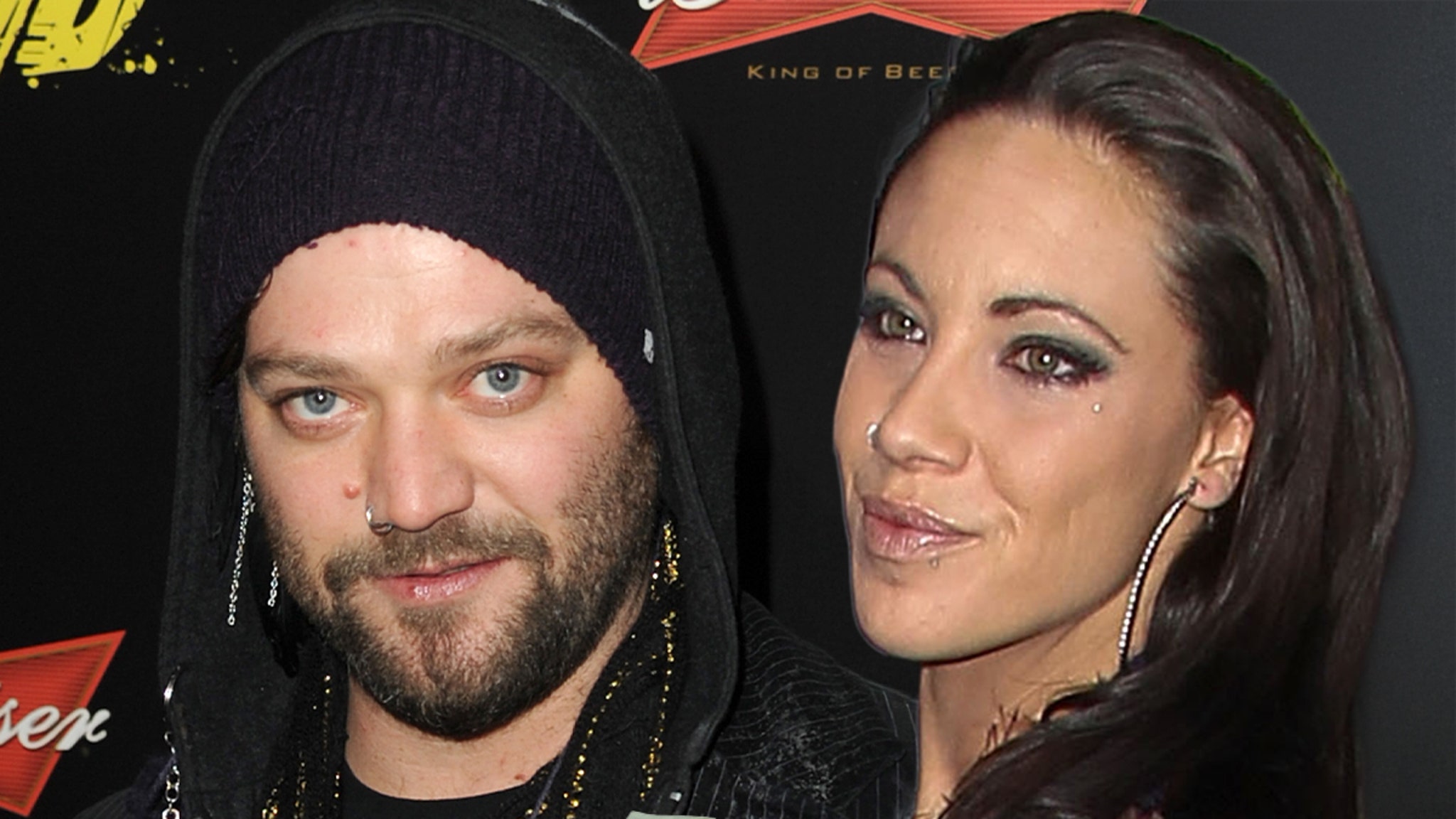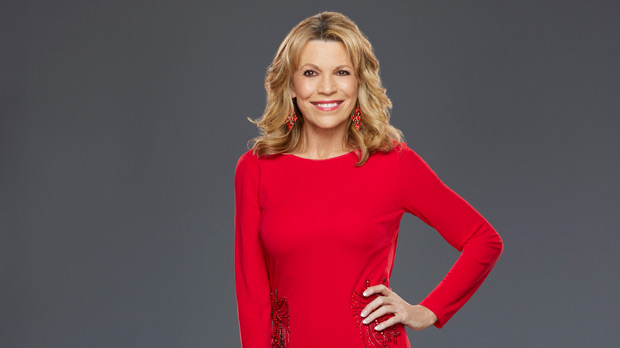After years of talk — mostly by the previous corporate regime — a live sports streaming tier is finally coming to Max.
The $10-a-month streaming add-on will go live on October 5, just before the start of the Major League Baseball playoffs. Live coverage of the NBA, NHL and NCAA March Madness will be simulcast on Max, though linear networks will still carry the action — a key point of difference with other streaming offerings. The tier will only be available as part of Max, and existing subscribers will get free access during a trial period ending next February 29 before they are asked to pay for it.
It’s a big leap for Warner Bros. Discovery, whose corporate ancestor, WarnerMedia, saw a previous sports streaming venture, B/R Live, quickly fizzle due to glitchy tech and trouble securing enough must-see live events.
JB Perrette, CEO and President, Global Streaming and Games, and Luis Silberwasser, Chairman and CEO, Warner Bros. Discovery Sports, spoke with Deadline about the Max initiative. They addressed takeaways from prior stand-alone sports streaming efforts, not just in the U.S. and in Europe; how the Bleacher Report-branded add-on will position the company for its upcoming renewal talks with the NBA; and also how they manage pay-TV distributor relationships while moving deeper into streaming. That last point has become a land mine in distribution negotiations across the industry, as the recent Spectrum meltdown between Charter and Disney vividly demonstrated.
Here is a transcript of the conversation, with edits made for clarity and brevity:
DEADLINE: The new sports add-on is available only to those subscribing to Max. Why not consider offering it as a stand-alone service?
JB PERRETTE: We’ve had 10 years of experience with that in Europe since our involvement in Eurosport. [A decade before merging with WarnerMedia, Discovery acquired a stake in Eurosport and then took 100% control of it in 2015.] It had a stand-alone Eurosport Player app that we’ve been iterating and playing with for a decade. And we learned a lot from that. So we’re not new to this in that respect. What we learned there was that a stand-alone sports app is a challenging business because at the end of the day, you want to provide more engagement over a longer period of time and ultimately have more things that people can sample and engage with even if there’s not a premium sports event. We then shifted to a model of packaging sports in with Discovery+ in Europe and that grew to be much more successful, both in terms of revenue and churn-wise and engagement-wise. So that’s the model that we followed.
LUIS SILBERWASSER: There were three learnings for us from B/R Live. The first, to JB’s point, is that stand-alone is very hard. It is particularly hard when you’re not putting premium sports out there but you’re relying on maybe Tier 2 or Tier 3 sports to do that. That makes it even harder. And on the positive side, we also learned about the power of the Bleacher Report brand. [Even after the demise of B/R Live, the social and YouTube clout of Bleacher Report has continued to reach ever-more-massive scale.] What we’re doing here is capitalizing on that power, plus the Max platform and being side-by-side with entertainment, to reach a younger sports viewer that we’re probably not reaching as much on the linear side.
DEADLINE: How have you managed the delicate task of selling this through conceptually with pay-TV distributors? The notion of “leaking” sports outside of the pay-TV bundle has a lot of people up in arms, as we just saw with Charter and Disney.
PERRETTE: We don’t pretend that there won’t still be people who are disgruntled and unhappy. Such is the nature of evolution. But I’d say a couple different things. No. 1 is a foundational matter. Part of the reason you haven’t seen us in the crosshairs [with distributors] is that the fundamental aspect of HBO as an entertainment product is a partnership model that HBO pioneered. HBO used to spend $2 billion on original programming in the U.S. and gave that to affiliates as part of an existing wholesale relationship with the affiliate, for their customers. HBO then launched HBO Max, and then Max, and now spends billions of dollars more per year — and all that extra spend, the cable customer is getting at no extra charge. So, the core of our relationships as it relates to our Max service, is fundamentally different than some of the other conversations that have happened in the industry recently. We’ve already been partnering with the affiliates. We already provide them and their customers with significantly more value for the same cost than what they used to get. No. 2, as we thought about the way to offer this, we thought the model that currently exists, where streamers are either taking stuff off of cable networks and putting them on streaming, and/or giving away that sports content for free, essentially, is not a viable model. So, we’re not taking stuff off the pay-TV ecosystem. All the content that sits there will stay there. It will be simulcast on the service, so what we’re doing is providing consumers with more choice.
DEADLINE: Is that also how you ended up where you did on pricing?
PERRETTE: In this innovation and evolution of all these models, we never really advantaged or disadvantaged one over the other. We just want to provide choice, so part of the thinking of the $9.99 monthly charge was, if we just give it away for free, first of all sports is a premium right and a premium cost, so we don’t think that’s a good business model over the long term. So, we need to provide incremental revenue so we can substantiate and support the entire ecosystem of sports. If we just gave it away for free, then it does sort of disadvantage the rest of our ecosystem, which is not what we’re trying to do. We ultimately just want to find a way to make this additive. That’s part of the reason why we’ve come up with a new model, which we think is that you have to upcharge for sports after this sampling period and promotional period. Part of the reason there’s that 5-month period [before existing customers are charged extra for sports] is partly also to give us time to work with our partners — cable partners, IP partners, telco partners — to figure out how we most effectively do the integration, the upsell, the billing, both from a commercial standpoint and a technical standpoint.
SILBERWASSER: We did not purposely want to start saying, ‘This set of games are only on linear’ and ‘this set of games are on Max’ and have that thing that’s very frustrating to the consumer: Where do you watch your game tonight? We wanted to make it really clear and simple. And in all of our conversations with our league partners, we’re completely aligned. This is not about exclusivity or taking anything away from linear. We want people to have the choice. If the ideal target consumer for this is a younger viewer who is not in the linear ecosystem, then this makes tons of sense, to have access to the same amount of games, the same leagues, in an environment that is really designed for them.
DEADLINE: Since you mentioned conversations with league partners, your company is going to be talking with the NBA about a potential contract renewal before the current deal expires in 2025. Does adding this sports tier to Max position you better for those discussions?
SILBERWASSER: I think so. But it’s not a surprise to the NBA either. We’ve been working with them on our plan. I think our interests are aligned. We want to be able to reach a large amount of consumers or viewers. We know what’s happening with the linear ecosystem. And we want to do it in a way that protects both, and hopefully we are able to reach new viewers. So, I think we’re a pretty good partner for the NBA, and I think this strategy reinforces that. Keep in mind that what you will see on the Bleacher Report Add-On is Inside the NBA, the same talent we have on the linear side. So, from a league perspective this makes a lot of sense. It strengthens not only their reach but our partnership with them.
DEADLINE: Leagues have wanted to control more of their streaming destinies, as we’ve seen in the case of the Apple-Major League Soccer joint venture and some other developments. Does this help your company fortify its position given that dynamic and also the burden of having to spend your resources on escalating rights fees?
PERRETTE: We and the leagues are aligned in this respect: They want more reach, we want more reach. As a subset of that, they particularly want access to younger fans, where the existing pay-TV ecosystem may have priced many of them out. And, as we know, it’s the same for news and other things. The customer segments of streaming and pay-television may have 10 years ago have been more overlapping. Increasingly, they are divergent. They are different. So, we do look at this as having real potential to be complementary. When you think about the contracts being handed out to players, the team economics, the valuations for teams, et cetera, they need and they want a vibrant, healthy financial ecosystem to support all that. And with pay-TV declining, everybody should be worried. And part of finding a way to upcharge is trying to recreate the existing pay-TV ecosystem, which is in good part being significantly challenged because of the cost of sports in the base entertainment package — a model that doesn’t exist anywhere else in the world, by the way. Trying to recreate that in streaming just makes no sense to that. So, hopefully this idea of trying to provide access to the people who want access to it, but make sure they pay for it, seems to us as pro-consumer and customer-friendly by providing them with more choice and not jamming them with the cost of sports rights. At the same time, it’s pro-business by providing incremental revenue and not killing the existing model, and it’s pro-leagues and the sports ecosystem because it’s trying to bring in incremental revenue and more money.







